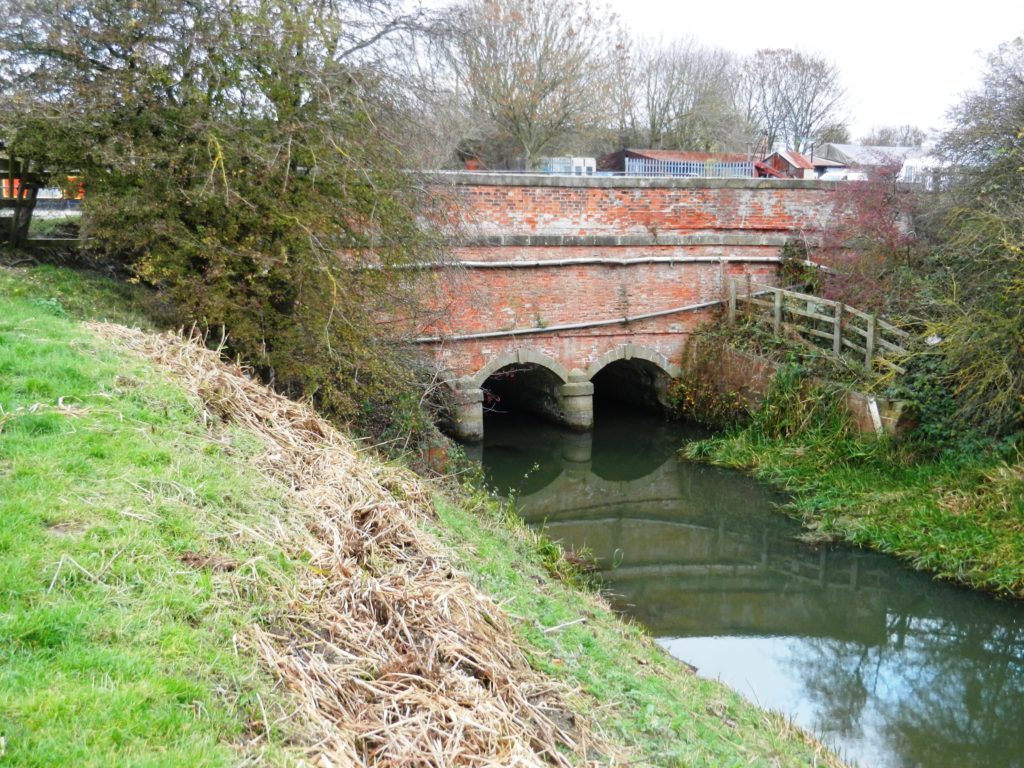
The photo above shows the aquaduct carrying Beverley Beck over Barmston Drain near to the lock connecting Beverley Beck with the River Hull and near to the path alongside the Beck shown in the previous blog. It’s interesting to note that the Beck had been dug 600 or so years before the Drain (1799-1800), therefore the Drain here had to be dug under the Beck, so the scheme of work involved in constructing the aquaduct must have been complex. There are some other aquaducts along the course of the River Hull north of the Beck serving a similar purpose, although on a smaller scale. Along its course Barmston Drain was constructed with very steep sides, this to achieve a sufficient gradient for water to flow to the lower River Hull from the upper region of the Hull floodplain.
For any watercourse or man-made pond/lake the question that comes to mind is how was the bed of the water area created to reduce/prevent seepage. Butyl liner exists today for those making garden ponds but this wasn’t available in the past. A common way back then was ‘puddling’ whereby a suitable clay was smoothed on the bed of the water body and puddled (often repeatedly trodden on) to create a watertight layer. Was the bed of Barmston Drain puddled? Was the bed of Beverley Beck puddled?
Water bodies in later municipal parks were often created with a cement layered bed to reduce (hopefully) further maintenance in the future. The lake at Pearson Park, Hull and the model boats lake at East Park are examples, both from the early 20th century. The website of the Mineral Information Institute tells all about the history of cement and concrete making, although a lot of it needs a chemists appreciation. The process of manufacturing cement which could harden under water or which could form a barrier to water above once hardened (hydraulic cement) had been first discovered in the late 18th century, while the manufacture of the dry cement still sold today (Portland cement) was possible from the early 19th century. Techniques to produce concrete and reinforced concrete had been discovered by the late 19th century.
(to be continued).